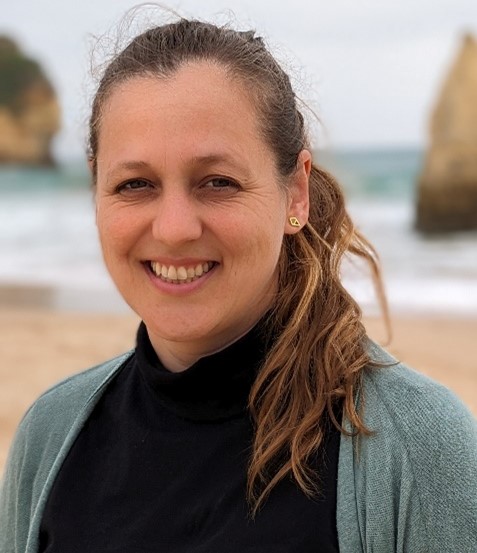- Home
- MARUM Research Seminar 2024
- Sinikka T. Lennartz
Making microbes part of the equation – modelling dissolved organic matter remineralisation in the ocean
Marine microorganisms are the major drivers of elemental cycles in the ocean, yet they are not adequately represented in global biogeochemical models. While high-throughput sequencing methods provide a wealth of information about marine microbes, their enormous diversity as well as the molecular diversity of their substrates still pose a significant challenge to numerical modelling approaches. In the first part of the talk, I will argue that it is nevertheless important to include heterotrophic microorganisms in large scale ocean models to obtain a more realistic picture of how carbon reservoirs change under changing climate conditions. For example, seemingly millennial-scale net removal rates of marine dissolved organic carbon (DOC) can be explained by underlying microbial processes that act on much shorter time scales. These results suggest a much more variable DOC pool than previously thought, and emphasize the need to improve the representation of microbial processes in biogeochemical models. In the second part, I will provide an example of how genomic information can be leveraged for process-oriented modelling development. We used a genome-scale metabolic model of Prochlorococcus, the most abundant photosynthetic organism on Earth, to inform a numeric model of phototroph-heterotroph interactions and elemental turnover. Results indicate that metabolite-induced interactions between phototrophic and heterotrophic microbes systematically impact the production of dissolved organic matter and its stoichiometry.



